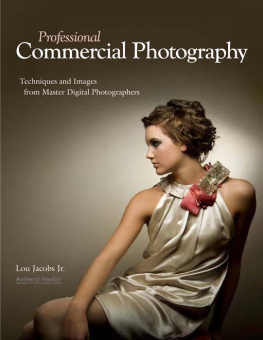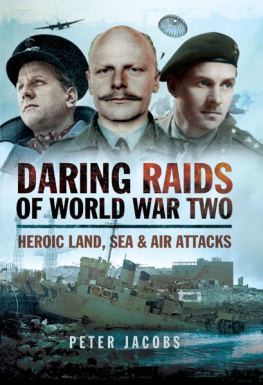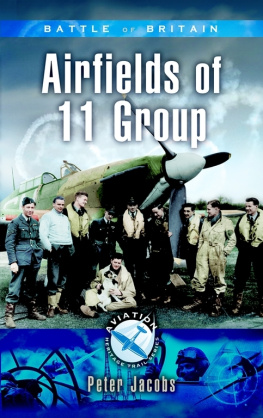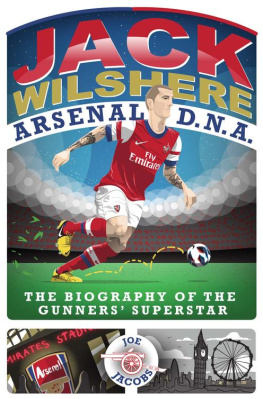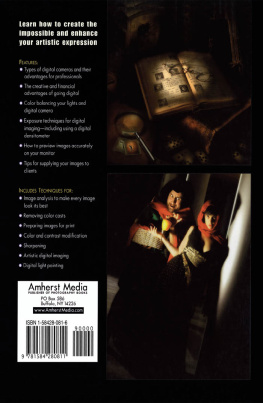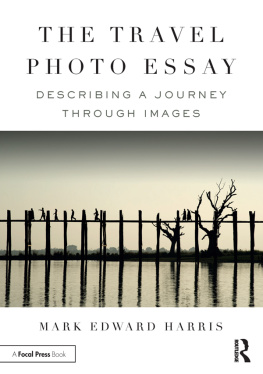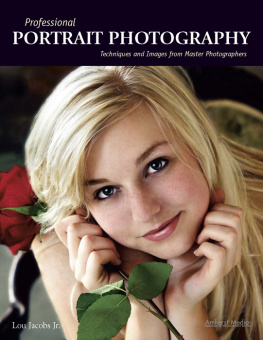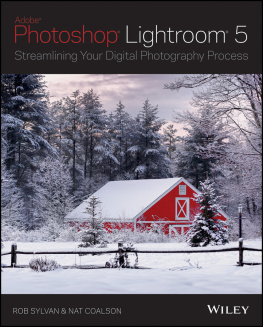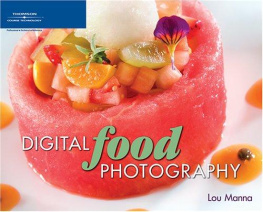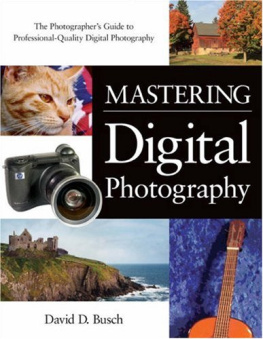DEDICATION
To my wife Kathy, who has become a very good photographer, especially on our vacation travels. She is patient when I seem attached to the computer and is a pleasant model when cajoled to sit on a rock at Joshua Tree National Park or pretend shes a tourist at one of the many museums we visit.
Copyright 2010 by Lou Jacobs Jr.
Front cover photograph by Pete Springer.
Back cover photographs by Cassandra M. Zampini.
All rights reserved.
Published by:
Amherst Media, Inc.
P.O. Box 586
Buffalo, N.Y. 14226
Fax: 716-874-4508
www.AmherstMedia.com
Publisher: Craig Alesse
Senior Editor/Production Manager: Michelle Perkins
Assistant Editor: Barbara A. Lynch-Johnt
Editorial assistance provided by John S. Loder, Carey Maines, and Sally Jarzab.
ISBN-13: 978-1-58428-269-3
Library of Congress Control Number: 2009903895
Printed in Korea.
10 9 8 7 6 5 4 3 2 1
No part of this publication may be reproduced, stored, or transmitted in any form or by any means, electronic, mechanical, photocopied, recorded or otherwise, without prior written consent from the publisher.
Notice of Disclaimer: The information contained in this book is based on the authors experience and opinions. The author and publisher will not be held liable for the use or misuse of the information in this book.
INTRODUCTION
The greatest tool at our command is the very thing that is photography. Light. Light is our paint brush, and it is a most willing tool in the hands of the one who studies it with sufficient care.Laura Gilpin
WHATS AHEAD
Commercial photographers create images to sell products, services, political candidates, organizations, corporations, etc. This book contains a compilation of stories, strategies, and striking images from commercial photographers at the top of their fields. Though many concentrate on one or two specialties, every contributor is versatile. Here are tidbits about the photographers who will be sharing their advice and experiences in the chapters that follow:
Doug Edmunds has a large studio where he shoots a variety of products, and hes also a location expert.
Gary Hartman photographs architecture, advertising subjects, and annual reports.
Cig Harvey does advertising illustrations, usually on location.
Cassandra M. Zampini photographs many types of still life and products, mainly for advertising.
Wendy Nelson operates a studio called Blue Fox Photography and shoots business activities and family gatherings.
Todd Quom does impressive aerial photography.
Mike Schaffer photographs a variety of products and builds sets for some.
Sal Sessa covers events such as conventions, meetings, and VIPs giving out awards.
Darren Setlow shoots architectural interiors in homes and factories.
Pete Springer photographs fashion shows and models, on location and in his studio.
All contributors explain how they approach imaging and how their business operates. They describe getting started. They tell you how they attract clients, what equipment they use, and what their tastes are in commercial work. Here are a few examples of whats ahead: Doug Edmunds and a large crew spent days shooting home interiors for a company that makes carpeting. Mike Schaffer built a set in his studio to resemble part of a barn, creating an environment for a clothing company catalog shoot. Cig Harvey once photographed a truck in a snowstorm from a tent her crew built for her. Todd Quom shoots buildings and landscapes, mostly in Western states, from a plane with a space in the floor for his camera. Sal Sessa has an adjunct business that does individual headshots at group gatherings.
CLIENT EXPECTATIONS
Among client categories that need commercial photography are: ad agencies, manufacturers, retail stores, hotels and resortsand the list goes on. Businesses involved with consumer products often employ freelance shooters who may work from a studio, with a separate office, or improvise a studio at home or as part of an office. Some large companies have studios that employ lots of shooters. Examples are department stores, manufacturers, and other types of business. A friend of mine made a satisfying twenty-five-year career shooting for Bethlehem Steel until the company folded.
All contributors to this book run their own businesses. Since photographers can display work so conveniently on their web sites, its easier for clients to discover them today than it was when portfolios of prints and transparencies were carried or sent to clients. It is not difficult to set up a home photo studio with backgrounds or settings to gain experience photographing small products or sometimes people. There are also commercial situations you may shoot on location.

SPECIALIZING
Many professionals dont set out to specialize. As they get established, they shoot lots of different products and services, and one phase of commercial work may captivate them, or they may be offered an attractive opportunity in a specialty like home furnishings. Some decide to work in more than one field. Among the specialties youll read about are aerial photography, products, architecture, fashion, annual reports, advertising, and events. Adjuncts of those are food, cosmetics, small appliances, clothing, high school proms, cars, theater and dance, and more.
QUALIFICATIONS
Obviously, all commercial photographers should be experts in composition and have a keen sense of lighting. Catalog photographers shoot merchandise like shoes, kitchen appliances, lingerie, and photographic equipment. You may work on location with a big budget and a crew for big fees, or you may be on a modest budget shooting whatever challenges you. Annual reports and advertising pay the best, and they are the most demanding and hardest to get into. If you create a reputation for yourself in these fields, you can be in demand, and your agent may negotiate for you. The above discussion is both fact and fantasy. A great number of photographers create good reputations in fairly limited circumstances. They are not famous, but they stay busy in their areas and beyond. Photographers face slow periods, so some may shoot personal projects to stay sharp and add to a portfolio. Some of the best inspiration is the kind you generate for yourself through curiosity and opportunities you discover or generate.
WORKING IN THE FIELD
Architecture is another demanding specialty. Clients are architects, builders, construction companies, and magazines, all of which want precise and attractive depictions of their structures inside and out. It helps to have knowledge of art, design, and home furnishings to make buildings and interiors look glamorous. It may be easier to glamorize pretty models who need portfolios, or actors on their way up.
Events practitioners photograph people at conventions, meetings, and celebrations, and the pictures are used for public relations, company newsletters, or newspapers. Event photographers follow and record VIPs at public and private openings and during factory visits. At graduation dances where the crowd is well dressed, event specialists take portraits of couples and groups and make prints available in an hour. Executives at events are also impulse portrait buyers.
Industrial subjects can become commercial bread and butter. You may document a companys factory operations or shoot special events. When they need daily photography, companies often hire salaried shooters, and staff jobs can pay as well as running your own business. A weekly income can be more appealing than waiting for freelance checks. You can be your own freelance boss or opt for being an employee with work and salary security. You can grow your own business with your name on it or deal with company bureaucracy but know when checks are coming. One chooses according to temperament and opportunity. Freelancers like setting their own hours and enjoy the ability to vacation when business is slow.

